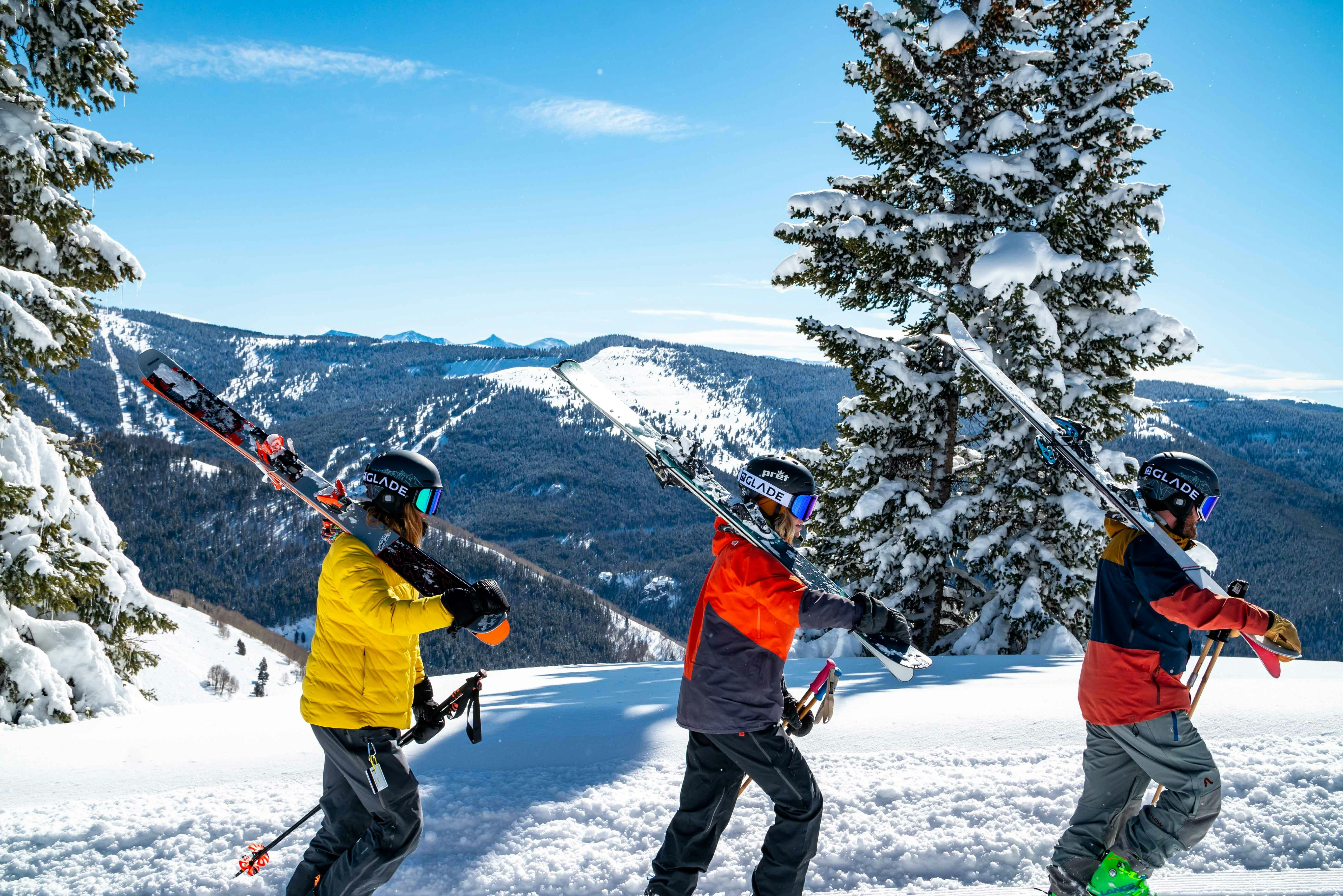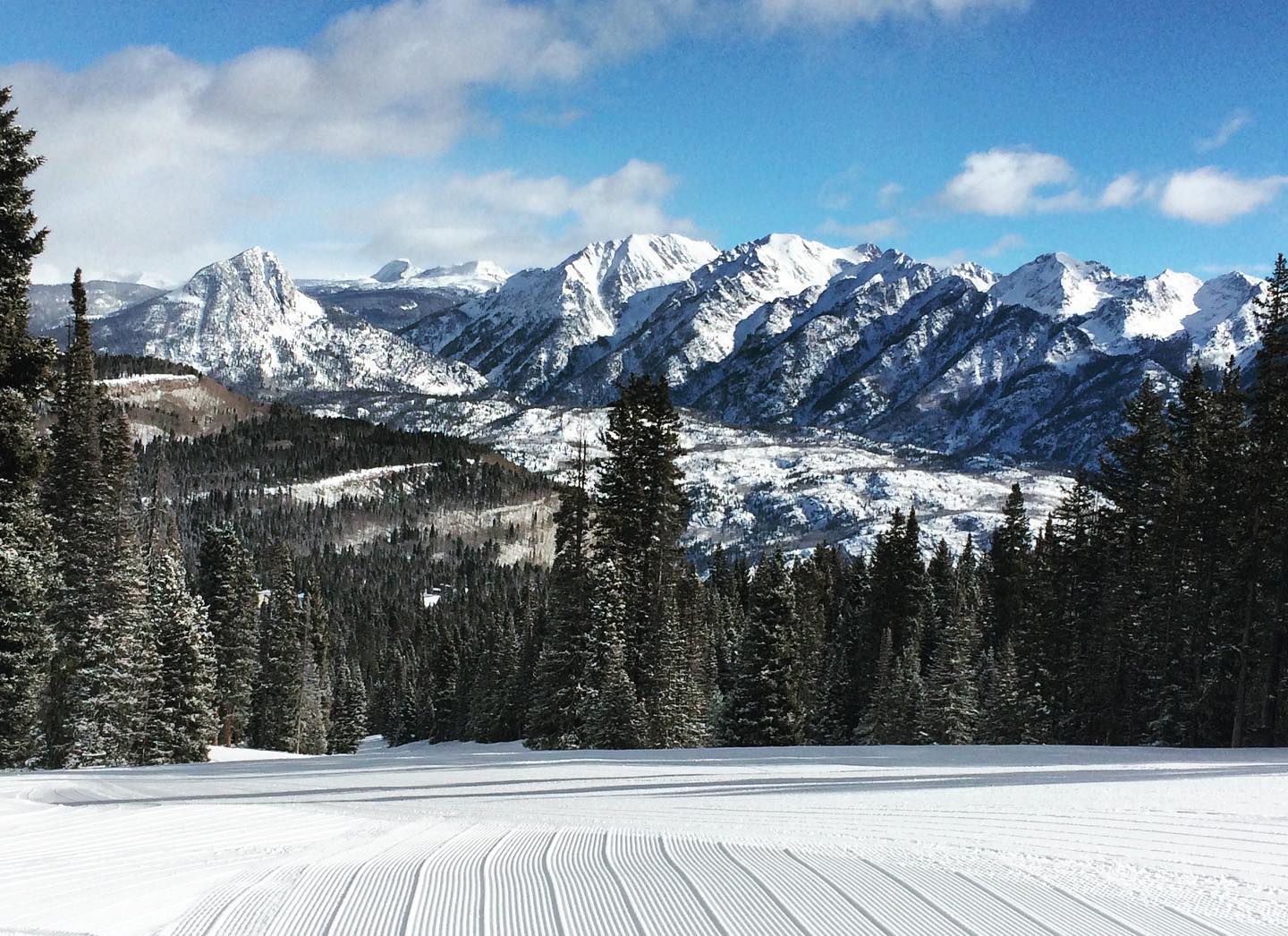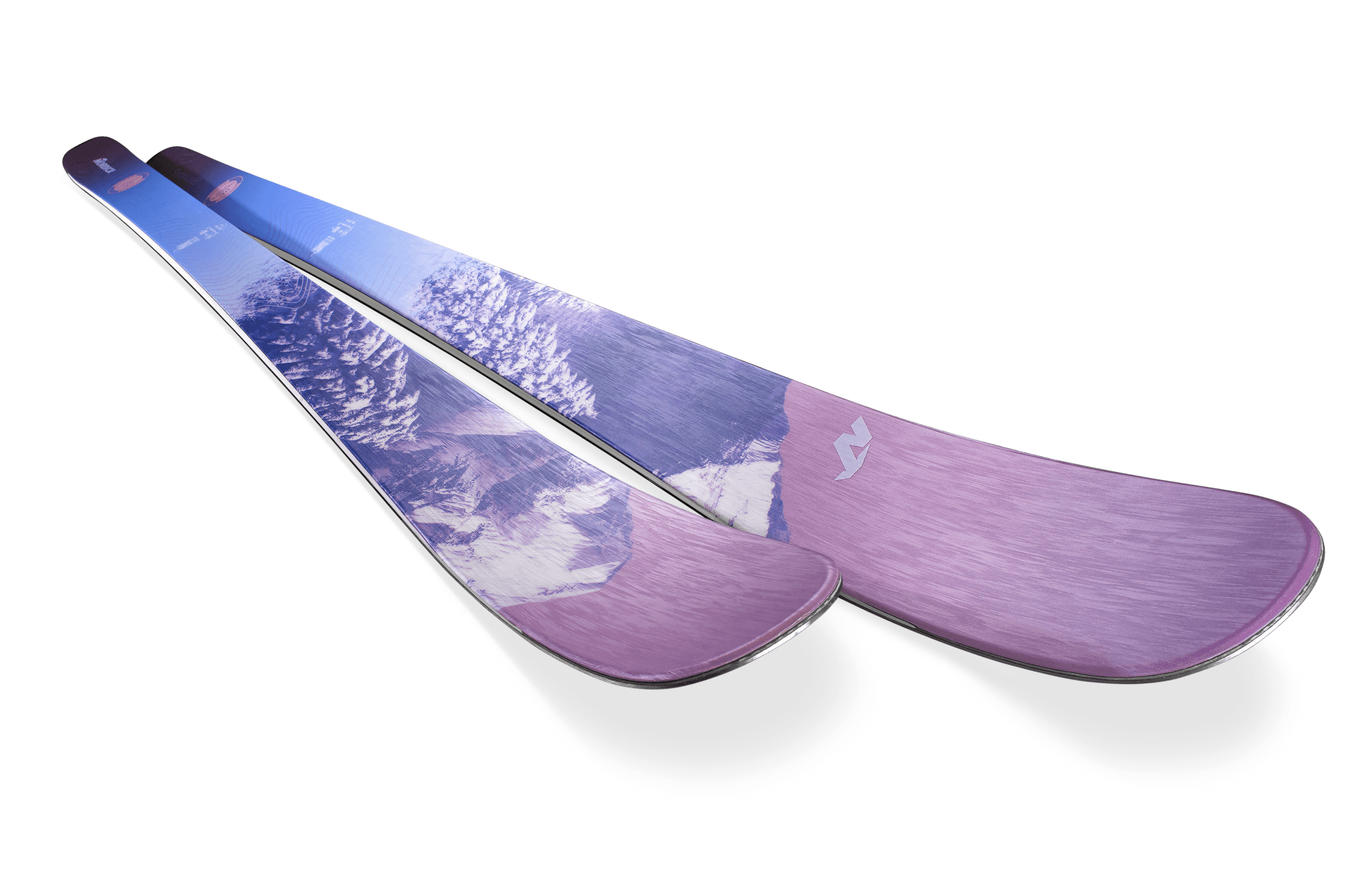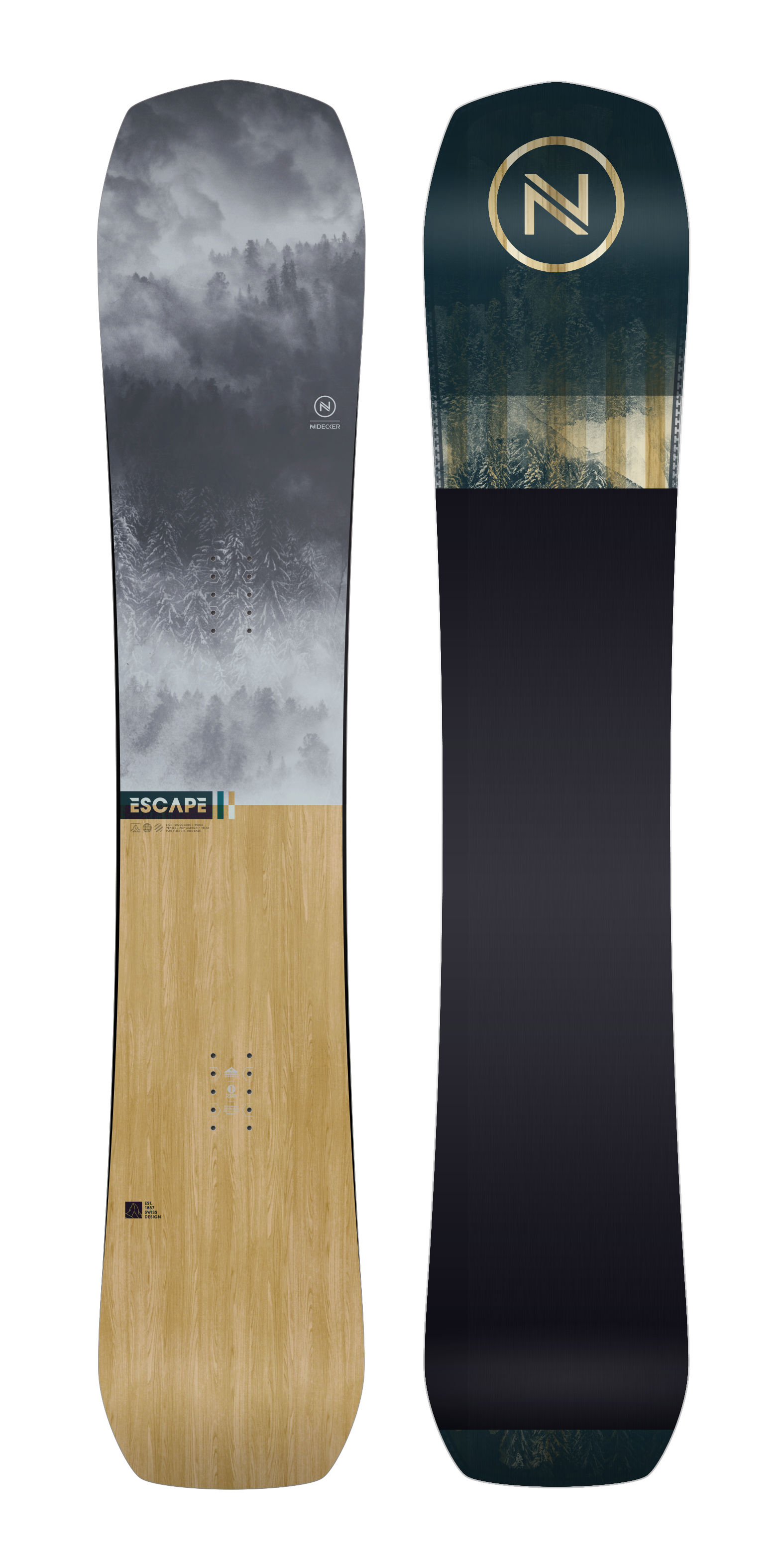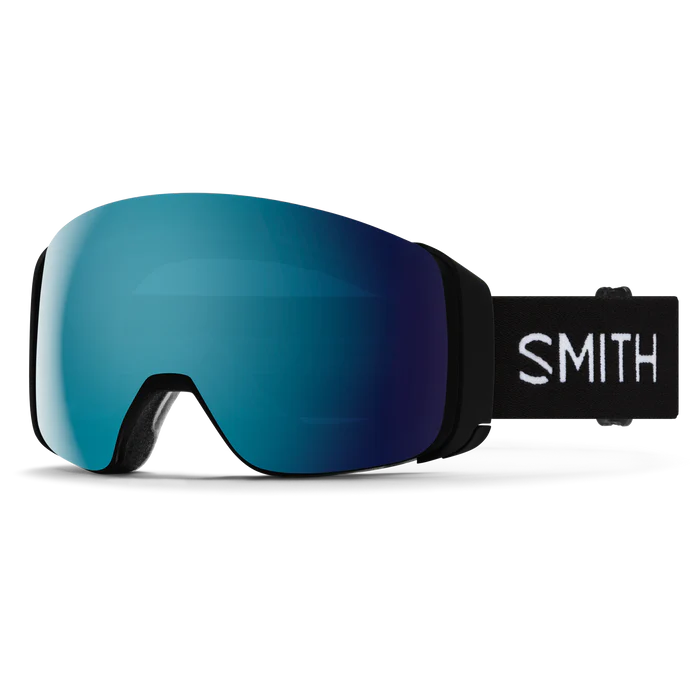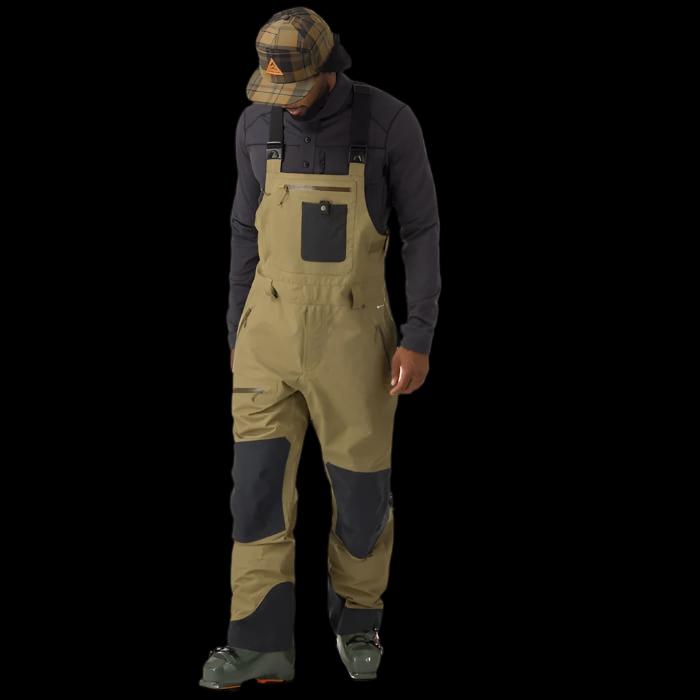How to Know If It’s Time to Replace Your Ski and Snowboard Gear
In the off-season, it’s easy to stash your gear in the closet and not think about it until next winter. However, now is actually the ideal time to evaluate your equipment and plan any necessary upgrades. Whether you're a casual rider or a seasoned skier, taking a closer look at your gear now can help you avoid last-minute scrambles and ensure a safer, smoother start next season.
From skis and snowboards to boots, bindings, helmets, and goggles, each component affects your performance and protection. Visit your local ski store during the off-season for expert inspections, tune-ups, or to explore new gear options. Here’s how to assess if your setup is still slope-ready, or due for an update.
Why Summer Is the Best Time for a Gear Check
Once winter hits, stores are packed with last-minute tune-up requests, inventory flies off shelves, and appointment slots for custom boot fitting get scarce. By checking your gear in the off-season, you can:
· Avoid peak-season repair delays
· Take advantage of end-of-season sales
· Plan upgrades with less financial pressure
· Ensure you’re safe and ready for opening day
A little effort now means a smoother, more confident start when the lifts start turning again.
Signs It’s Time to Replace Your Ski or Snowboard Gear
Boots: Are They Still Giving You Support and Comfort?
Ski and snowboard boots are arguably the most important part of your setup. Over time, liners pack out, shells lose stiffness, and the footbeds break down, resulting in poor fit and reduced control.
Signs to replace:
· Persistent heel lift or foot movement
· Cracked shells or worn buckles
· Liners that feel thin or misshapen
· Numbness or pressure points despite adjustments
If you notice any of these, especially after trying to remold the liner or add aftermarket footbeds, it might be time to invest in new boots. Most boots last around 100–200 days on the snow, depending on use and care.
Time for a Tune-Up or Total Replacement?
Skis and snowboards can last several seasons, but they’re not immortal. Even if they look okay on the outside, the internal core can degrade, affecting performance and stability.
Check for:
· Delaminated topsheets
· Edge separation or rust that doesn’t file away
· Base damage that can't be filled (deep core shots)
· Loss of camber or torsional stiffness
If you notice chatter at speed, poor edge hold on hardpack, or reduced pop when carving, it may be more than your technique, your gear could be breaking down.
Bindings: Often Overlooked but Critically Important
Bindings are your connection to your skis or board. While they tend to be more durable than boots or boards, they do have a shelf life - especially the plastic and mechanical components.
Watch for:
· Cracks in the heel or toe pieces
· Loose or stripped screws
· Worn straps (for snowboard bindings)
· Inconsistent release (for ski bindings)
Skiers should also be aware of indemnification lists - some older bindings are no longer supported by shops for safety reasons. If your bindings are more than 10 years old, it’s worth checking with a certified technician.
Helmet: Replace Every Few Seasons, Even Without a Crash
Helmets are non-negotiable when it comes to mountain safety. Even if you haven’t had a major fall, the materials degrade over time due to sweat, UV exposure, and normal wear.
Time for a new one if:
· It’s more than 3–5 years old
· You’ve taken any significant impact
· The inner foam is compressed or cracked
· The fit system no longer works properly
A newer helmet will not only provide better protection but also more comfort and ventilation options. Consider upgrading to a MIPS (Multi-Directional Impact Protection System) helmet for added rotational impact safety.
Goggles and Gloves: Small but Impactful
Scratched lenses can impair vision, and old gloves lose insulation quickly—especially in cold Colorado winters. Don’t let small accessories become big frustrations.
Goggle check:
· Are the lenses scratched or foggy?
· Is the foam around the frame breaking down?
· Do they still seal well with your helmet?
Glove check:
· Are the seams intact?
· Is the waterproof membrane still effective?
· Are your hands cold despite layering?
Off-season is a great time to wash, re-waterproof, or replace these essentials.

Tune-Ups vs. Replacements
Not everything needs to be replaced outright. Some gear simply needs a good tune-up:
Edges dull? Get them sharpened.
Base scratched? A stone grind and fresh wax might do the trick.
Boots a bit loose? Try aftermarket footbeds or new liners before replacing.
Most reputable ski shops offer summer tune-up specials - ideal for getting your equipment cleaned, waxed, and stored properly until fall.
Tips for Off-Season Gear Storage
If your gear passes inspection and you’re keeping it another year, store it right:
Skis/snowboard: Wipe clean, apply storage wax to bases, and store in a dry place.
Boots: Remove liners to dry thoroughly, buckle loosely to retain shape.
Helmet and goggles: Store in a cool, shaded area. Use goggle bags to prevent scratching.
Clothing: Wash and store in breathable containers to prevent mildew or fabric breakdown.
Stay Ahead with Equipment That Matches Your Performance
Knowing when to replace your ski or snowboard gear isn’t just about shiny new equipment - it’s about performance, safety, and preparedness. Taking the time to inspect your gear during the off-season gives you peace of mind, avoids last-minute surprises, and helps you hit the slopes strong from day one.
So before next season sneaks up on you, ask yourself: Is my gear holding me back or ready to move me forward?
